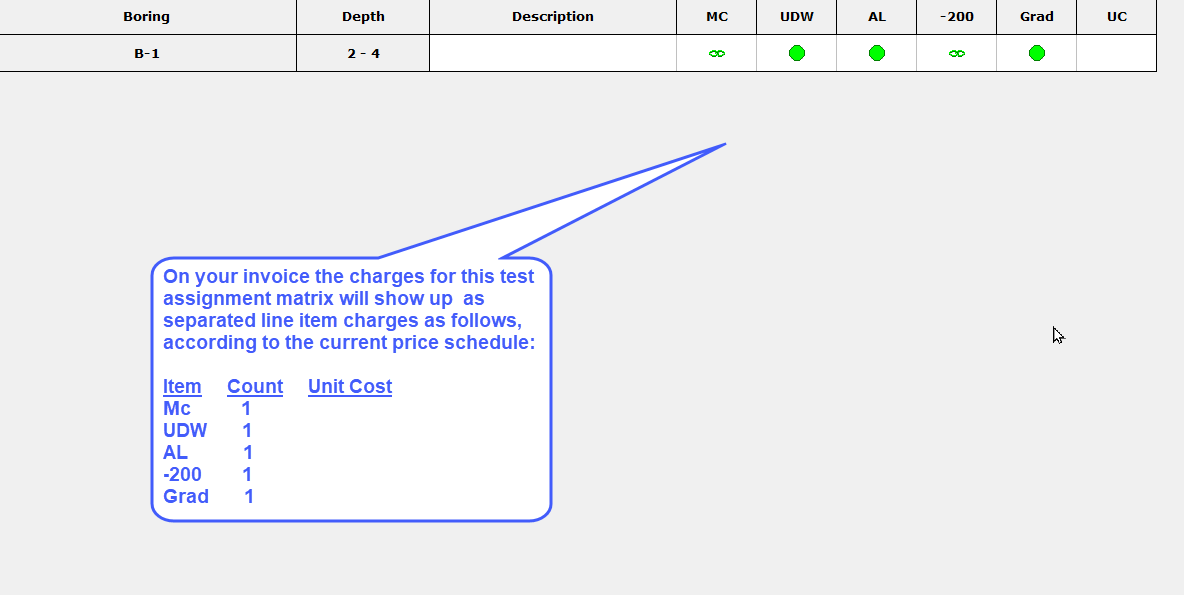Pricing
Pay-As-You-Go, Online Account with Specimen and Test-Count Based Automatic Credit Card Direct Billing
Pricing Model
xGEL LabMate uses a value-based charging model, and is licensed on a "when-and-how-much-you-use" it basis. We charge based on the number of specimens, and number and type of test assignments/re-assignments/retests, processed by the xGEL platform, which at its foundational level is a data handling/data processing, and data reporting platform.
Under this Pay-As-You-Go model, test-assignment/test-activity counting protocol, your xGEL platform costs are determined by the amount of specimens, and the testing activity assigned into the system, and it is because of this particular charging model that we can offer the xGEL Data Systems, LLC service at such a low price, with no long term contract, or up-front license/service fee.
Yes, it may seem a bit unusual, but in the end, it works out to less cost for our clients than under other charge models.
Note that xGEL does not charge if, or when, you do the any test, the charge is triggered when you lock-in the specimens and any assignments/reassignments/retests into the system.
When, or if, you complete any of the testing does not affect the charge. The charge event is for specimens and assignments, re-assignments/retests entered, not completed tests, and occurs when the assignments, re-assignments/retests are made.
For more detail about how/when things are charged, and how to read the breakout of charges shown on your invoice click here.
How We Get Our Money
You set up an account, and as you use the xGEL system we make automated charges to the credit card that you have linked to your account profile, based on the amount of specimens and amount of tests and test processing activity.
| Charge Item | Price ($) |
|---|---|
| Specimens | 0.29 |
| MC | 0.40 |
| UDW | 0.40 |
| AL | 0.46 |
| M200 | 0.46 |
| GRAD | 0.40 |
| UC | 0.35 |
All specimens entered and Finalized (or re-entered) into the system, will,
when they are
locked-in by a Finalize/Re-Finalize action, accrue a Specimen charge, in addition to a
charge for any test assignment/reassignment/re-test on that specimen
For example, on a specimen with a moisture content test assignment, the xGEL total charge
would be $0.69. (Note,
however, if there was a “bust” in the test, and it needed re-work, that would count and be
billed as an additional Mc test.)



